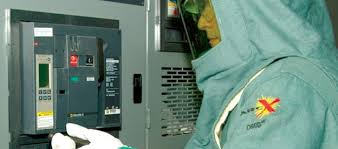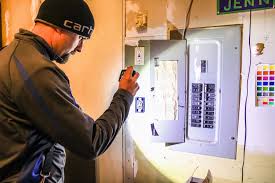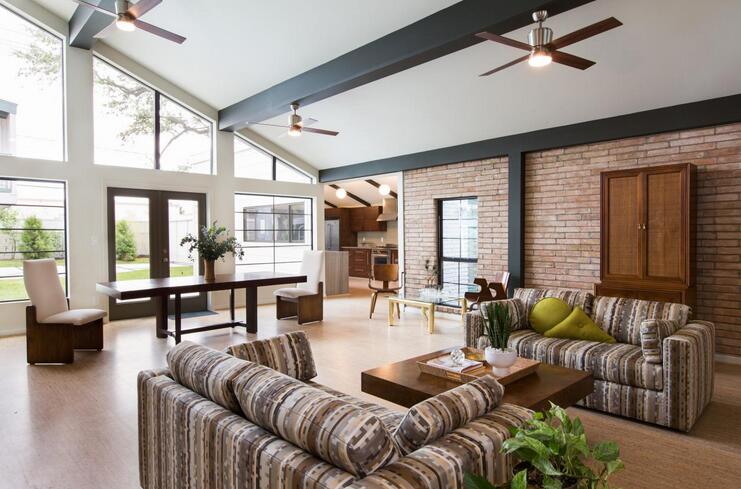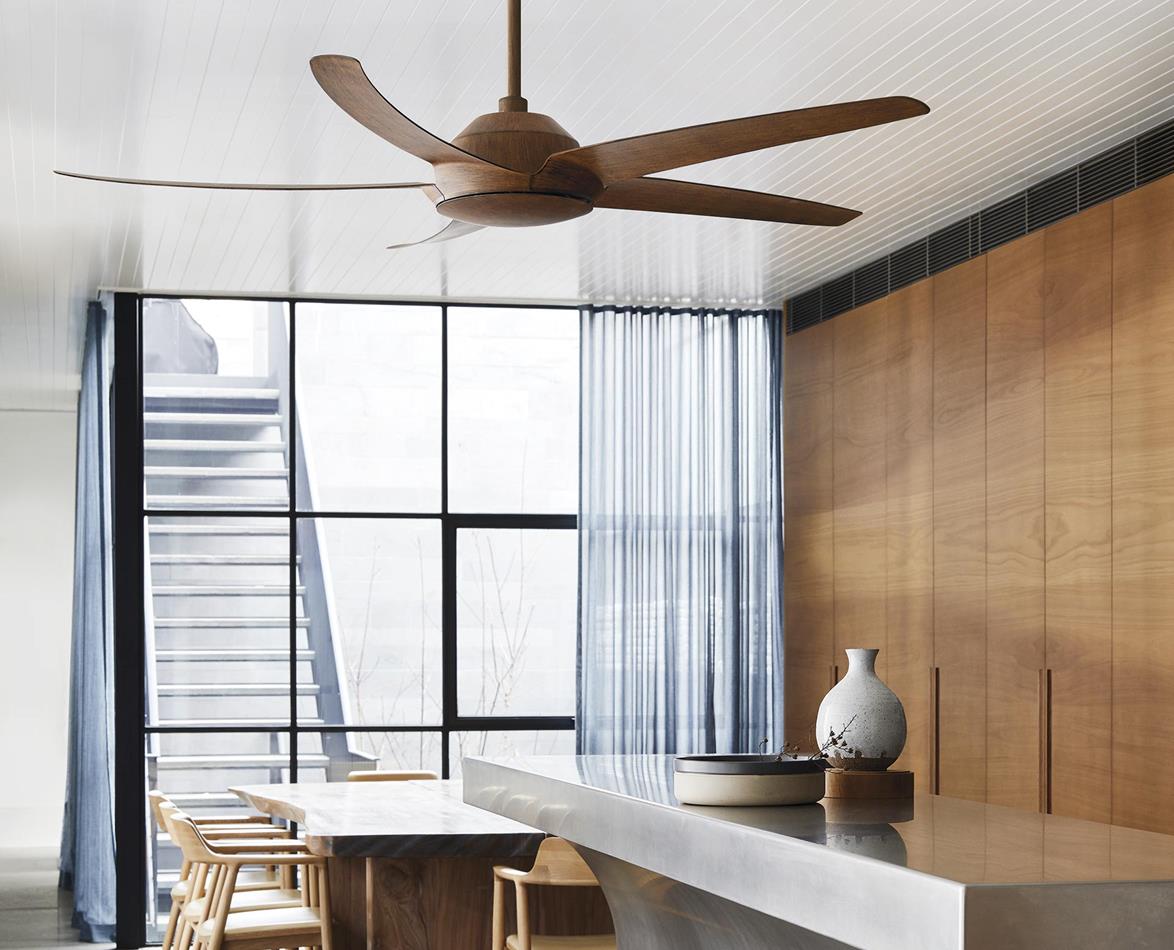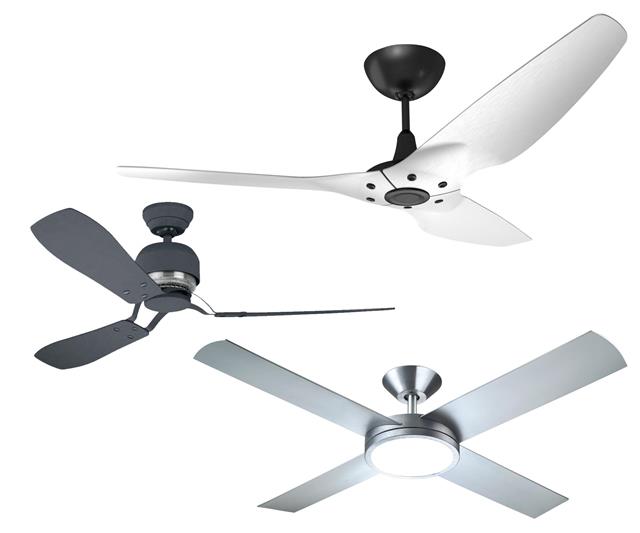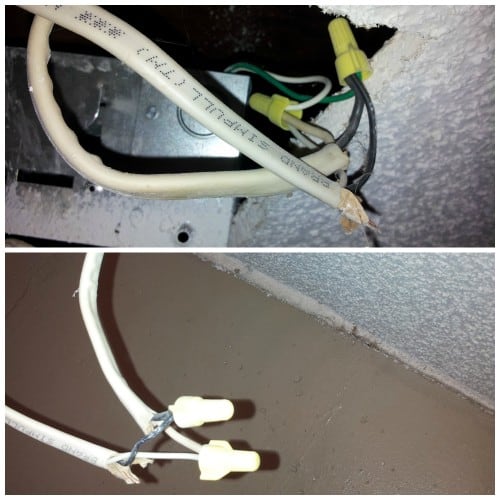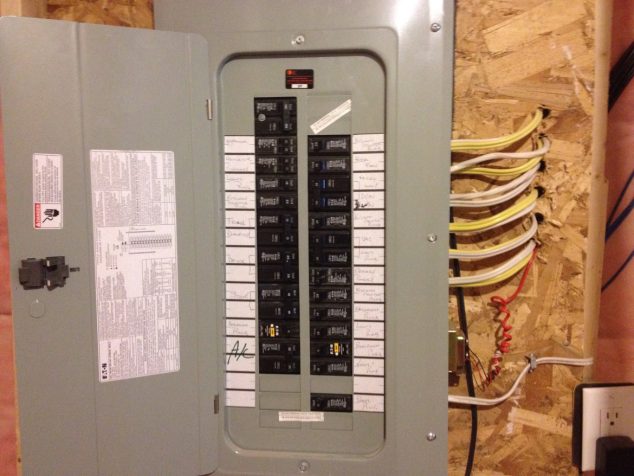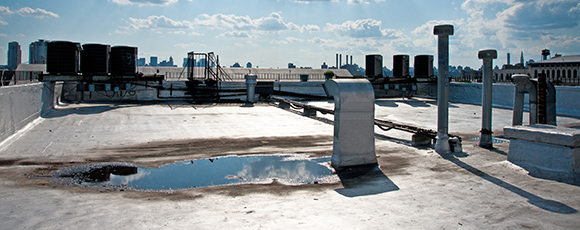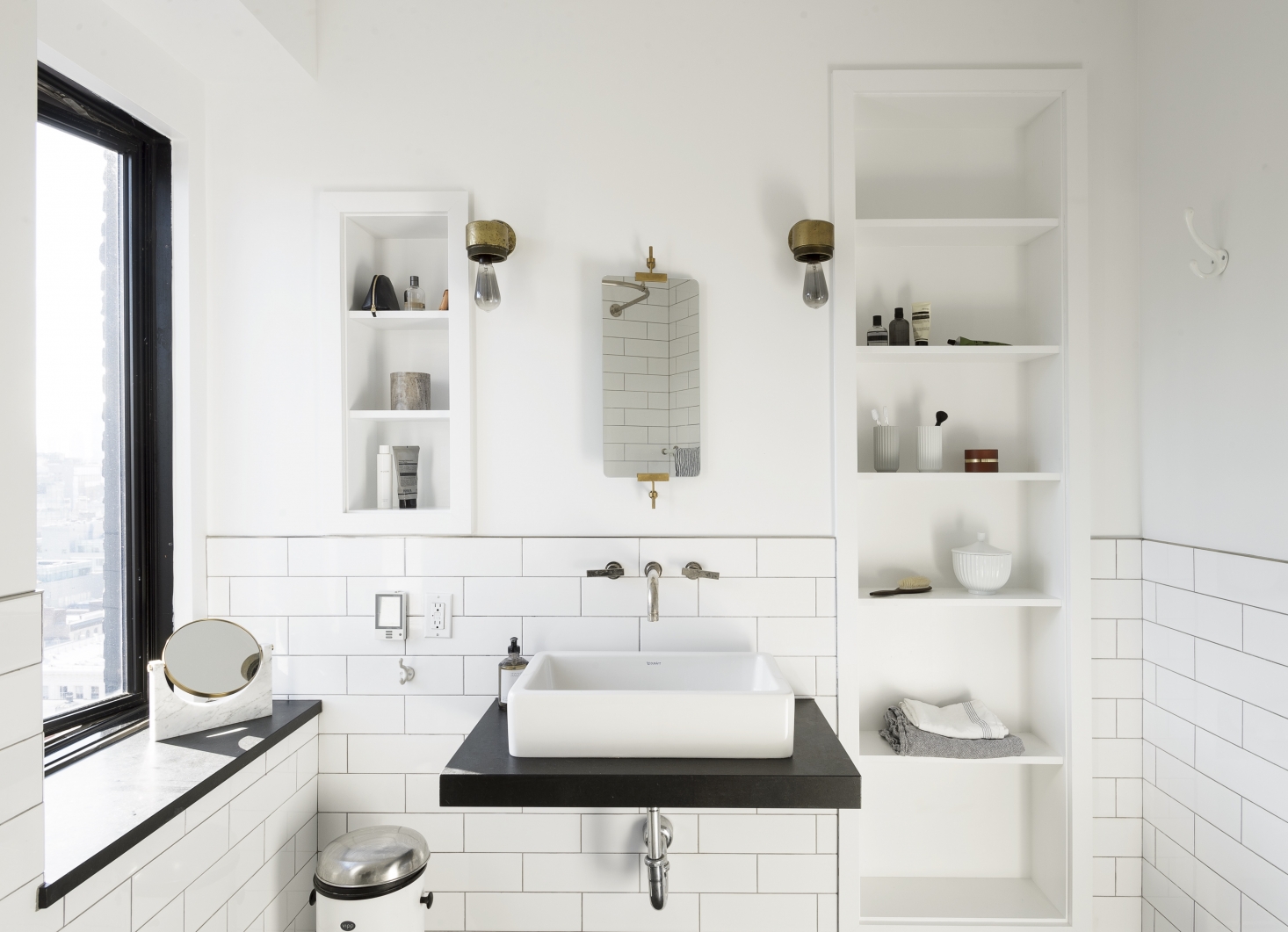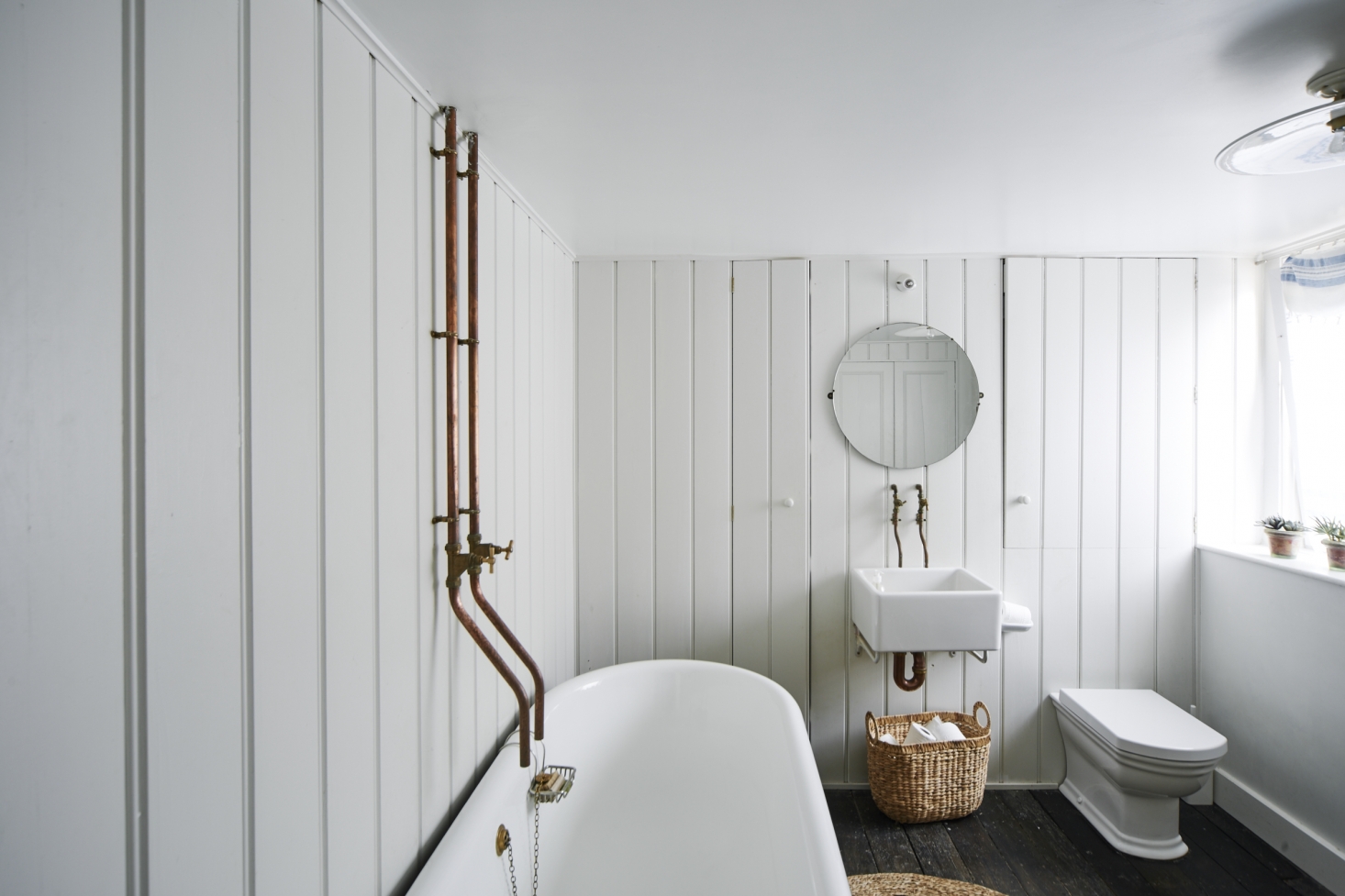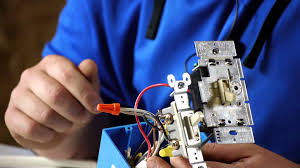Electrical Upgrades for DIYers
Many homeowners who think nothing of tackling painting, carpentry and plumbing projects turn timid when it comes to electrical work. A little fear isn’t necessarily bad when dealing with electricity — it could keep you from making a serious mistake. But that doesn’t mean there aren’t electrical projects you can handle. All you need is an understanding of how the electrical code applies to your project and some instruction on making proper wire connections
Installing an exterior floodlight — the first of three three simple, do-it-yourself upgrades we’ll be covering — can be done on virtually any house. To safely guide you through this upgrade, we enlisted the help of electrical contractor Peter Eng, owner of Electrical Enterprises Incorporated in Litchfield County, Connecticut. It took him a day to complete all three projects. To facilitate your work, we’ve included photographs that outline the basic steps and illustrations that show all the wiring connections. Consult with an electrician if your home is wired differently than the ways illustrated.
If you’re still not feeling confident, here’s an alternate approach: Run cables, install boxes, and wire in switches and outlets, then hire an electrician to make the final power hookups and check for any code violations. (Most municipalities allow you to do your own electrical work, though you’re never allowed to wire someone else’s home.) Also, get the proper permits from your local building department before starting. It’s the law, and you’ll also get the benefit of having your work checked both at the rough-in stage and when it’s completed
Before starting work, turn off the power at the main service panel. Plug a lamp or circuit tester into the circuit you’re working on to confirm the power is off. Finally, if you have any questions or concerns, always consult with a licensed electrician or building inspector before you proceed. Electrical work isn’t difficult, but the consequences for not doing it right can be serious
Installing a Floodlight
Light up your life — or at least your backyard — with a floodlight. Our installation solves a common problem: A deck without adequate lighting for itself, a staircase, or the adjacent yard. The solution called for installing a two-lamp floodlight ($12) high up on the house wall. As with most electrical upgrades, this one relies on tapping into an existing circuit. If you’re not sure whether or not a circuit can support the upgrade, check with an electrician. An overloaded circuit is a fire hazard.

FIXING UP A HOUSE? ELECTRICAL UPGRADES WORTH YOUR MONEY
If you are upgrading a house, whether it be a fixer upper you have just moved into, a potential real estate flip, or you have simply finally gotten around to upgrading your own home, some electrical upgrades will be much more worth your time than others. Here is a quick guide to understanding some basic electrical upgrades, and a few tips for ensuring that you get the most bang for your buck
When prioritizing upgrades, the first priority should always be safety. While it isn’t glamorous, a safe electrical system is not something you can afford to skimp on. Some older systems use components which have been found to be unreliable. Alternatively, they may have been exposed to damage as a result of weather or aging. Your first priority when dealing with an electrical system which is in an unknown condition should be to hire a competent electrician to come and evaluate the current condition of the system. They should be able to give you a breakdown of any potential safety hazards which they find
Safety is important for a number of reasons. Obviously, no one wants to have themselves or their family exposed to electric shock. But electrical fires can be just as deadly, and can strike when you least expect it. Additionally, insurance can be hard to procure, or significantly more expensive if you have a damaged or not inspected electrical system. If you can assure your insurance company that the electrical system is in excellent condition and has been inspected and repaired recently, you can guarantee that your dealings with them will be much easier
Once you are satisfied that the electrical system is using modern electrical components, fits within the safety guidelines of the electrical code, and is not a large risk for causing damage, you can begin to assess where upgrades will be most beneficial. As is often the case, this will depend on things like the location of the house, the priorities of the owner, and the current economic climate. For example, if you want to save money spent on power, common upgrades can increase the electrical efficiency of the home. Installing new refrigerators, HVAC, and other large appliance can allow you to benefit from recent technological developments which have increased the efficiency of the technologies behind them. Similarly, making sure all of your wiring is well insulated, and that the circuits are appropriate for the load upon them can help to prevent electrical loss. Furthermore, installing electrical metering tools can help you better understand where your power is going, empowering you to take charge of your electrical expenditure.
While some older features will need to be replaced as part of the safety inspection, other older parts of a system might be merely inconvenient, or might be a lower safety priority. One way to increase the value of your home while also increasing its usability is to upgrade your electrical sockets. An ancient two prong plug might be more than a bit of an eyesore. When people cut off the third prong of their electrical device, they create a serious electrical hazard. It is much better to hire a trained electrician to install an upgraded socket which can interface successfully with whatever electrical device you are using. Similarly, there are options for GFCIs ( which are mandated in some settings) and child safety electrical outlets. Depending on your situation, it might make sense to install these in different locations. Installing these can be more complex than you realize, and it should not be attempted without significant experience. Proper installation will involve running wires from your main electrical panel to the outlet, and is much more involved than simply changing out the cover on the outlet.
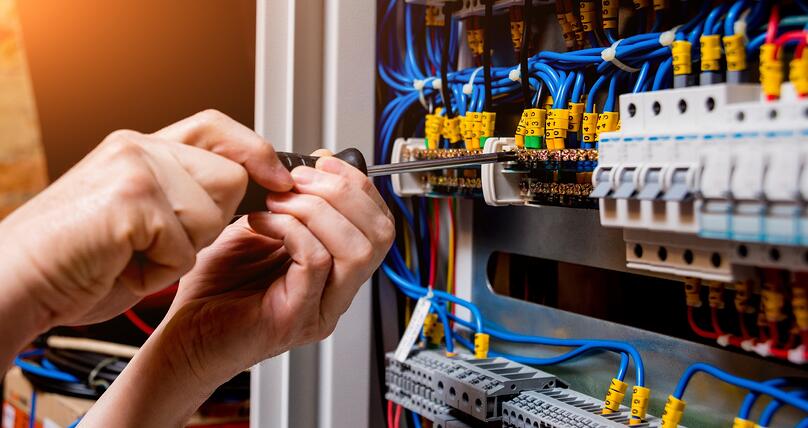
Reasons You Need to Upgrade Your Home Electrical System
The electrical systems in a home are usually ignored by most people—until something goes wrong, at least. When a home electrical system suddenly fails, that’s when people start to take notice and try to find ways to fix it. However, it can pay to hire electrician services to make some electrical upgrades to your home sooner rather than later.
To Bring Your Home Electrical System up to Code
Building codes may vary from one year to the next, and new safety standards may have been implemented since your home electrical system was installed or updated last. Performing an electrical upgrade can help bring your home’s wiring back in line with current building codes
To Prevent Fire Hazards
When electric system maintenance falls behind, there is a risk that frayed wires and other issues can create fire hazards. So, one reason to upgrade your home electrical system is to minimize fire risks
To Meet the Power Needs of New Appliances
The average household consumes a lot of energy—and that amount is likely to rise as more and more modern technologies rely on electricity. In fact, according to data from the U.S. Energy Information Administration (EIA), “In 2017, the average annual electricity consumption for a U.S. residential utility customer was 10,399 kilowatt hours (kWh), an average 867 kWh per month.”
To Add New Outlets for Added Convenience
Here’s a common problem: you want to move your TV to a different wall, but there aren’t any outlets near where you want to put it. Maybe the house is old enough that electrical outlets weren’t a major concern or the designer had a specific layout in mind that you don’t want to conform to. Either way, the lack of electrical sockets is going to be inconvenient for your plans.
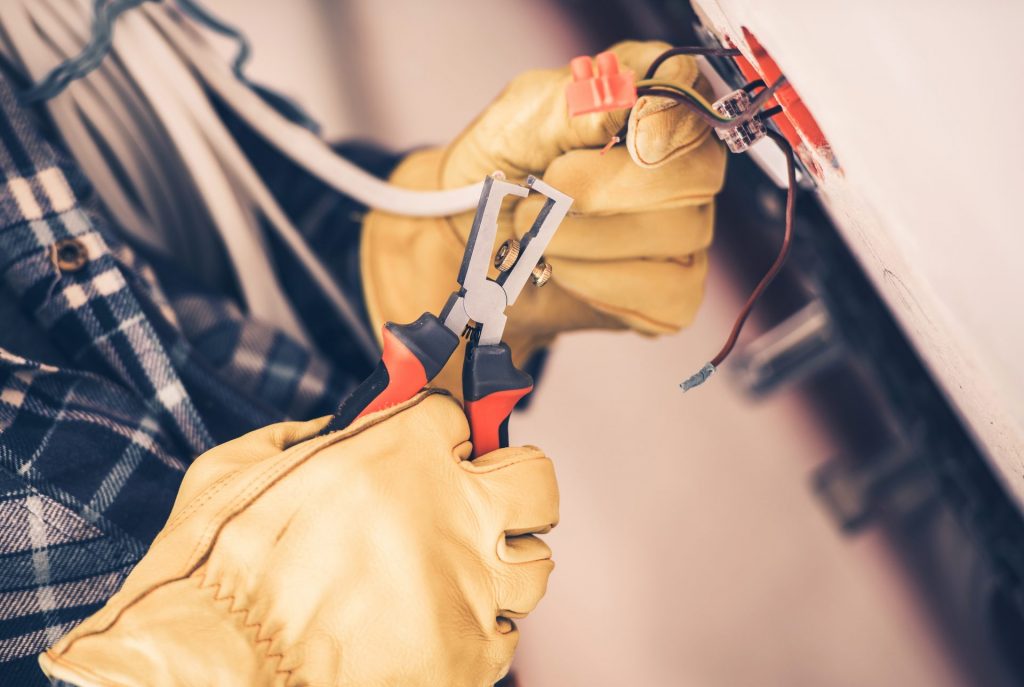
Electrical Upgrade Tips from a Commercial Electrician
Remodeling a building is an expensive undertaking, so if you have an elaborate plan on how to give your property a fresh new look, or are simply making upgrades to ensure your building is running as efficient as it can, you will want to make sure you have a commercial electrician on your team. Between having to move around your building’s electrical wiring, and understanding how much power your updated building will require, a commercial electrician is essential. If you are looking for a commercial electrician in Thurmont, or the surrounding areas, read on to learn more from ALC Weaver Electric.
Commercial Electrician or DIY?
It may be temping to have a friend, or unlicensed contractor, work on your building to save money and move the project forward at a fast pace, but this can lead to major issues down the road. It is essential to find a licensed commercial electrician as you begin to plan your upgrades so that they can be involved during the whole process
Upgrade with Smart Systems for the Modern Business Owner
More and more, businesses are turning to smart systems to partially automate their buildings. From automated lighting to smart thermostats, there are endless opportunities for your business to become more automated. In addition to the money-saving benefits of smart systems, they can work together to give a building a unique, and custom, look. Want to soften the lighting as the sun begins to set? Lower the blinds to block reflections for your customers? All of this is available with smart systems
Don’t Have a Solid Plan? Lean on Your Commercial Electrician in Thurmont to Help Create a Custom Layout
Do you know you want to make some upgrades but don’t know where to begin? Do you have some ideas but are overwhelmed by the idea of putting them into motion? Meeting with a licensed electrician should help ease your mind. Since they are used to working with building contractors, they are familiar with the amount of time (and money) that certain projects involve. They can help you understand better ways to lay out your space based on your current wiring, and they can work with you to create a plan based on your current budget.
Get in Touch With a Commercial Electrician in Thurmont to Start Your Next Project
ALC Weaver Electric’s commercial electricians are experts at working on commercial properties in Thurmont, Maryland, and the surrounding areas. If you need a commercial electrician in Thurmont, or the surrounding areas, click here to receive a free estimate for your project
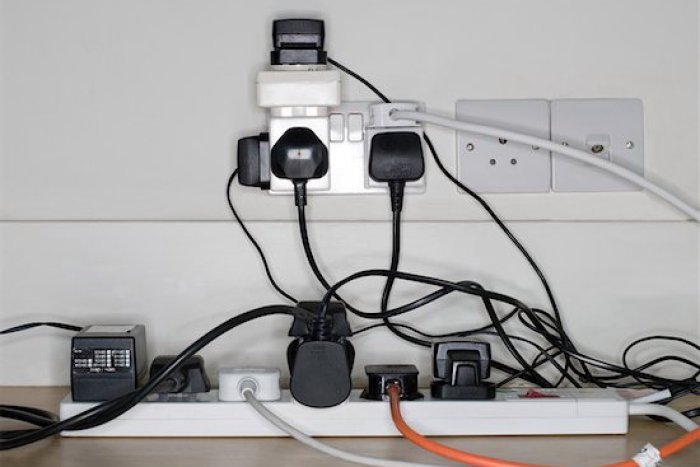
When It’s Time for an Electrical Wiring Upgrade
The lights come on when you flip the switch, the TV works, and the refrigerator keeps food cold. That means the electrical wiring must be fine, right? Not necessarily. There may be times, especially if your house is more than 40 years old, when you need to upgrade electrical wiring for safety, or because the existing wiring no longer meets your family’s power needs.
Safety Issues with Older Wiring
Faulty wiring is the leading cause of residential fires, according to a 2009 study by the National Fire Prevention Association. And the older your house is, the greater the chances that the wiring might be outdated or unsafe
Be on the Lookout for Aluminum Wiring
Instead of the standard copper wire, many houses built in the 1960s and early 1970s have aluminum wiring, which is considered a safety hazard. “Aluminum wiring connections often loosen up over time,” says Greg Fletcher, a master electrician, educator, and author of several books on wiring. “That can cause overheating and possibly fires at receptacles when appliances are plugged in to them.” An inspection can determine whether it’s safe to leave the wiring in place. Sometimes the addition of copper connectors, called pigtails, at receptacles and circuit breakers can resolve potential problems.
When You Need More Power
Sixty amps used to be the standard for household power. Today, houses often need 200 amps to run air conditioners, flat-screen TVs, computer equipment, and all the other gadgets our parents and grandparents hardly imagined
Prepare to Open Your Walls — and Your Wallet
Upgrading electrical wiring is a big job, for one simple reason: All the wires are behind the walls. Every house is different and prices vary by market, but for a whole-house rewiring job, you’re easily looking at a bill of several thousand dollars. The vast majority of that is the labor involved to get to the wires, run new ones, connect them to every switch and outlet, close up the holes, and clean up the mess.
